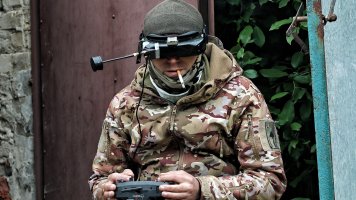Task & Purpose. News, culture, and analysis by and for the military community.
Top Story

Marine awarded Navy Cross at battle of Huế remembered as ‘magnificent,’ humble leader
Some who knew Col. Myron Harrington in retired life never knew he had been a Marine, but fighting in the City of Huế, Harrington was awarded the Silver Star and Navy Cross a week apart.
Posted 6 Hours Ago
Task & Purpose was founded in 2014 as a voice for the military community, and continues to serve that community with accurate reporting and great storytelling to this day. Our journalists have reported on the front lines of the Standing Rock protests in North Dakota and the war in Afghanistan. We’ve uncovered American veterans being abused in Kuwaiti prisons, deported veterans being forced to work for Mexican cartels, and drawn national attention to a longstanding legal rule barring service members from suing the government — even in the face of gross negligence.



























